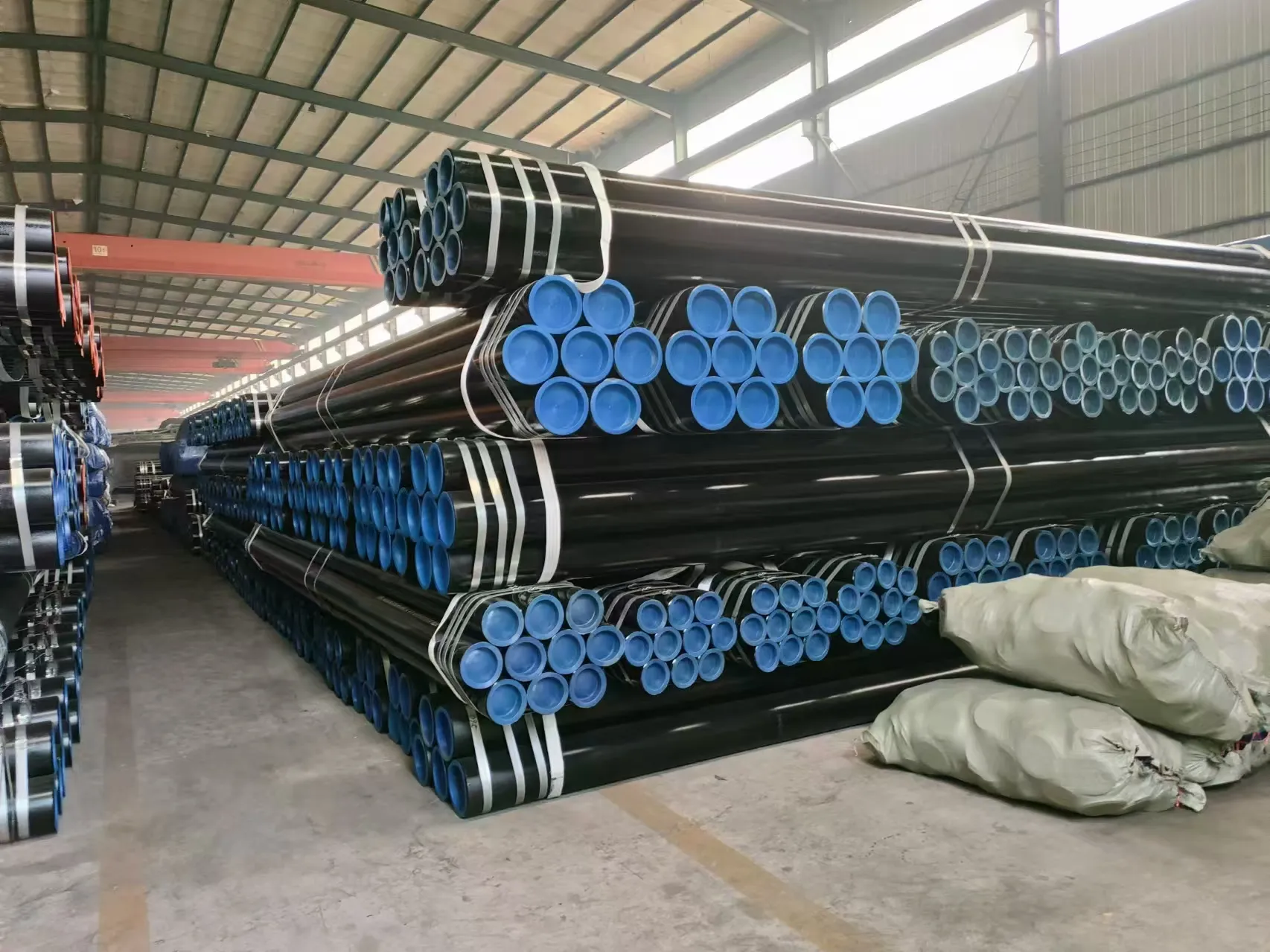-
Cangzhou Yulong Steel Co., Ltd.
-
Phone:
+86 13303177267 -
Email:
admin@ylsteelfittings.com
- English
- Arabic
- Italian
- Spanish
- Portuguese
- German
- kazakh
- Persian
- Greek
- French
- Russian
- Polish
- Thai
- Indonesian
- Vietnamese
- Zulu
- Korean
- Uzbek
- Hindi
- Serbian
- Malay
- Ukrainian
- Gujarati
- Haitian Creole
- hausa
- hawaiian
- Hebrew
- Miao
- Hungarian
- Icelandic
- igbo
- irish
- Japanese
- Javanese
- Kannada
- Khmer
- Rwandese
- Afrikaans
- Albanian
- Amharic
- Armenian
- Azerbaijani
- Basque
- Belarusian
- Bengali
- Bosnian
- Bulgarian
- Catalan
- Cebuano
- China
- China (Taiwan)
- Corsican
- Croatian
- Czech
- Danish
- Esperanto
- Estonian
- Finnish
- Frisian
- Galician
- Georgian
- Kurdish
- Kyrgyz
- Lao
- Latin
- Latvian
- Lithuanian
- Luxembourgish
- Macedonian
- Malgashi
- Malayalam
- Maltese
- Maori
- Marathi
- Mongolian
- Myanmar
- Nepali
- Norwegian
- Norwegian
- Occitan
- Pashto
- Dutch
- Punjabi
- Romanian
- Samoan
- Scottish Gaelic
- Sesotho
- Shona
- Sindhi
- Sinhala
- Slovak
- Slovenian
- Somali
- Sundanese
- Swahili
- Swedish
- Tagalog
- Tajik
- Tamil
- Tatar
- Telugu
- Turkish
- Turkmen
- Urdu
- Uighur
- Welsh
- Bantu
- Yiddish
- Yoruba

Oct . 14, 2024 09:04 Back to list
coupling thread types
Understanding Coupling Thread Types A Comprehensive Overview
In the world of mechanical engineering and fluid dynamics, coupling threads play a crucial role in connecting various components and systems. Couplings are devices that are used to join two shafts together for the purpose of transmitting power. Understanding the different types of coupling threads is essential for engineers and technicians to ensure the reliability, safety, and efficiency of their designs.
Types of Coupling Threads
1. Unified National Thread (UN and UNC) This is one of the most common threading systems used in North America. The Unified National Thread is divided into two sub-types UNC (coarse thread) and UNF (fine thread). UNC is used when quick assembly and disassembly are needed, whereas UNF provides greater strength and is preferred for applications that require a tighter fit.
2. Metric Thread (M) The metric system is widely used internationally, especially in Europe and Asia. Metric threads are measured in millimeters and are designated with the letter M, followed by the nominal diameter. They are characterized by their straightforward dimensions, which include the pitch (the distance between threads). Metric threads are favored for their precision and ease of manufacture.
3. British Standard Whitworth (BSW) Developed in the 19th century, BSW is an older British thread standard characterized by a rounded profile. It is known for its robustness and is commonly found in older machinery and tools. Although largely supplanted by metric and other thread standards in many applications, it can still be encountered in certain mechanical systems.
4. Acme Thread Acme threads are trapezoidal in shape and are primarily used in applications that require linear motion, such as lead screws in machinery. Their design allows for greater load-bearing capacity and reduced friction. Acme threads can be found in adjustable clamps, vises, and other mechanical devices that need to convert rotational motion into linear motion.
coupling thread types

5. Square Thread Similar to Acme threads, square threads are also designed for converting motion. However, they feature a square profile that provides high resistance to wear and allows for efficient power transmission. Square threads are commonly used in applications where high load capacities are required, such as in clutches and jacks.
6. Pipe Threads (NPT and BSP) When it comes to plumbing and fluid transfer, pipe threads, such as National Pipe Taper (NPT) and British Standard Pipe (BSP), are essential. These threads are designed to create a seal between pipes, preventing leaks. NPT threads are tapered, allowing them to compress against one another as they are tightened, creating a tight seal. BSP threads, on the other hand, can be either parallel or tapered and are generally used in foreign plumbing systems.
Selecting the Right Thread Type
Choosing the appropriate coupling thread type is crucial for ensuring optimal application performance. Factors to consider include
- Application Requirements Different applications may require specific thread types based on load, motion, and connection type. - Environmental Conditions Exposure to chemicals or extreme temperatures can influence material choice and thread design. - Compatibility Ensuring compatibility with existing components and systems is vital to maintaining structural integrity.
Conclusion
Coupling threads are an integral aspect of mechanical systems, influencing performance, durability, and efficiency. By understanding the various types of coupling threads available—such as Unified National Threads, Metric Threads, British Standard Whitworth, Acme, Square, and Pipe Threads—engineers can make informed decisions that enhance the functionality and safety of their projects. Selecting the right thread type not only impacts the connection between components but also ultimately influences the entire system's operational success. As technology advances and new materials are introduced, a keen understanding of coupling thread types will remain essential for ongoing innovation in engineering and design.
Latest news
-
ANSI 150P SS304 SO FLANGE
NewsFeb.14,2025
-
ASTM A333GR6 STEEL PIPE
NewsJan.20,2025
-
ANSI B16.5 WELDING NECK FLANGE
NewsJan.15,2026
-
ANSI B16.5 SLIP-ON FLANGE
NewsApr.19,2024
-
SABS 1123 FLANGE
NewsJan.15,2025
-
DIN86044 PLATE FLANGE
NewsApr.19,2024
-
DIN2527 BLIND FLANGE
NewsApr.12,2024
-
JIS B2311 Butt-Welding Fittings LR/SR 45°/90° /180°Seamless/Weld
NewsApr.23,2024











